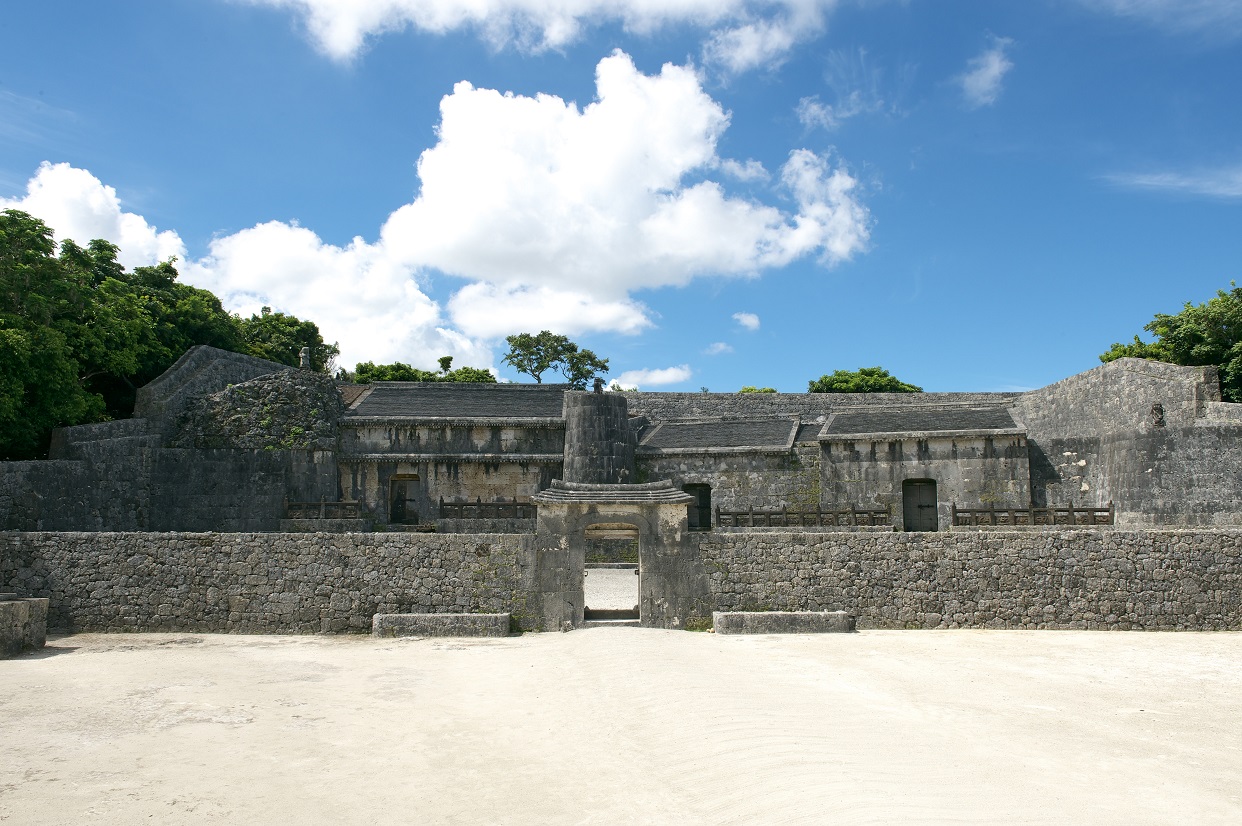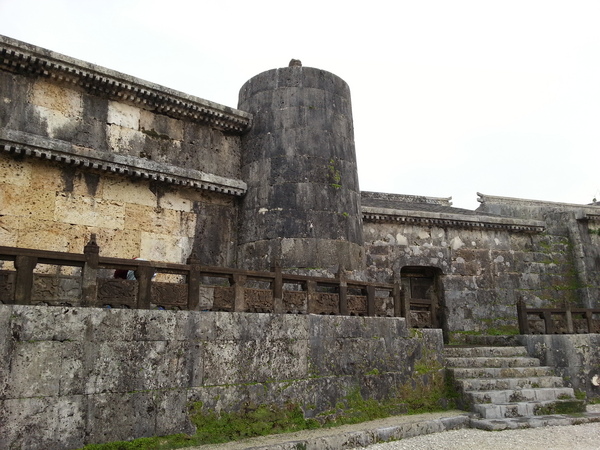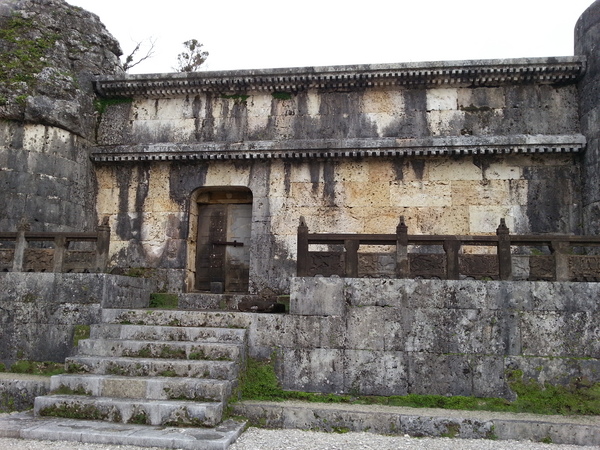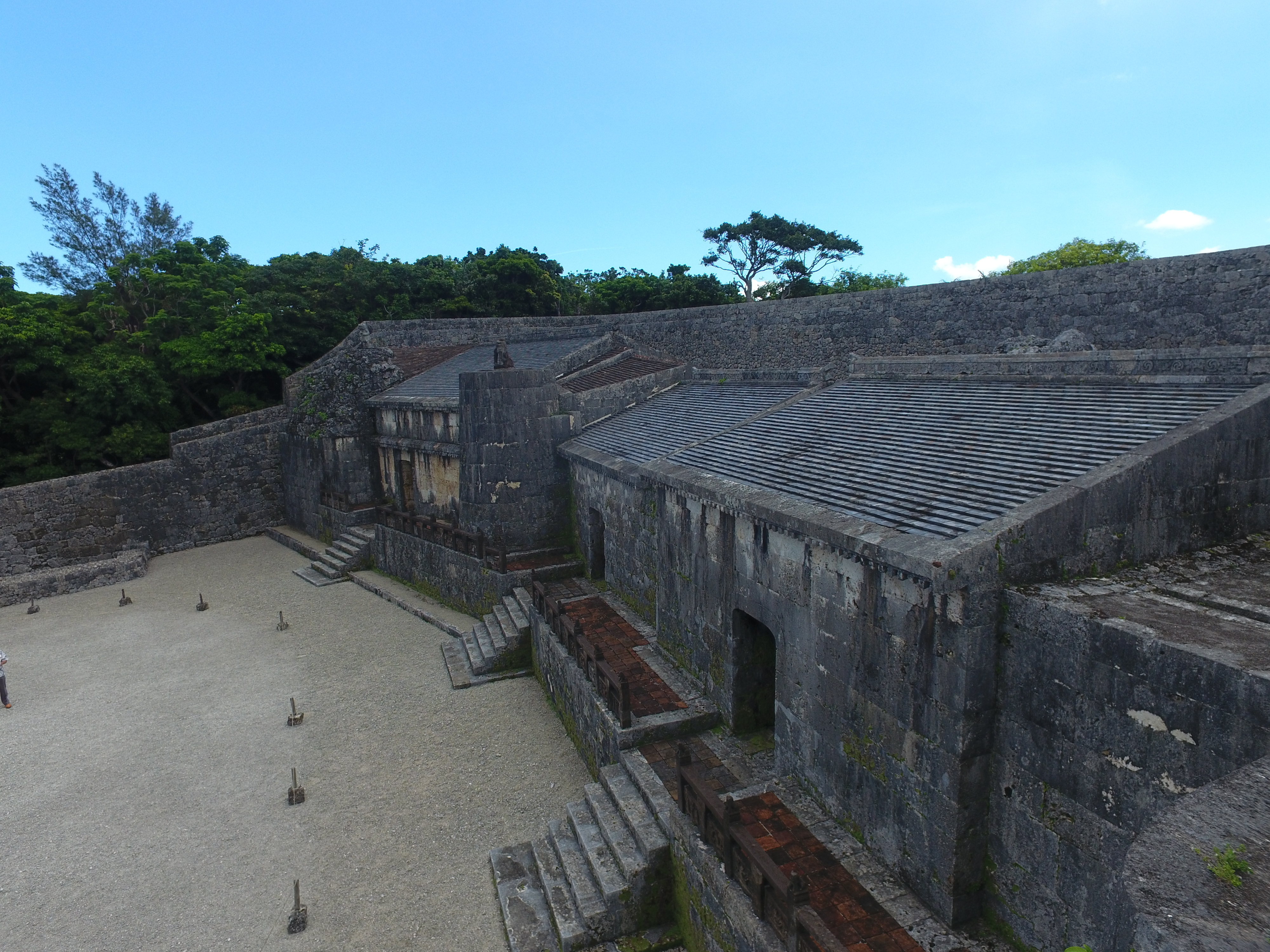Tamaudun Sepulcher Stonewall
Historic sitesTraditional craftWorld heritage





Tamaudun is a royal mausoleum for kings of the second Sho dynasty. King Sho Shin constructed Tamaudun to move the remains of his father, King Sho En, who was originally entombed at a site called Miagemori. “Tamadun-hi” monument, sitting in the outer court before the tombstone has an inscription of names of those who should be buried at the mausoleum.
Basic information
- Address
- 903-0815 1-3-3-1 Kinjo-cho Shuri Naha Okinawa
- TEL
- 098-885-2861 Tamaudun Administrative office
- Business hours
- Viewing time: 9:00 - 18:00
(Last admission 17:30) - Close day
- None
- Charge
- Viewing admission:
Adult 300 yen (Group 240 yen)
Child 150 yen (Group 120 yen) ※ Junior High School and younger.
Elementary school and Preschoolers accompanied by a parent or guardian are free. - Parking
- None
- Access information
- Across from the Shuri Castle Park Rest Center.
On the left about 150m west from the Shurijo-mae intersection on Samukawa-dori street which runs through Shuri Castle Park. - URL
- http://www.city.naha.okinawa.jp/kakuka/kyouikubunkazai/bunkazai/
Additional Information
- Academic information
- Cultural property(National designated architecture)
Designated date: May 15, 1972
Tamaudun is a royal mausoleum for kings of the second Sho dynasty. King Sho Shin constructed Tamaudun to move the remains of his father, King Sho En, who was originally entombed at a site called Miagemori. “Tamadun-hi” monument, sitting in the outer court before the tombstone, has an inscription of names of those who should be buried at the mausoleum.
According to “Ryukyukoku Yuraiki (The Records of the Origin of the Ryukyu Kingdom),” Tamaudun was thought to be constructed in 1501, when “Tamadun-hi” was built. The area of the mausoleum is 2,442m2. The structure is shaped like a royal palace that is originally constructed. Before the sepulcher, there are standstone balustrades with carvings of beasts, birds, and flowers, which remind us of the balustrades before the main hall of Shuri Castle in those days. The mausoleum consists of three chambers with gable roof from east to west. The court was divided into two, south and north with high stone walls around it. At the entrance of each chamber, a stone door is attached. Originally, after closing the stone door, it was locked, cut stone was used to seal the door, and the whole door was daubed with plaster. The center chamber was used for placing the remains of the dead. After some years when they had the next funeral, the bones were washed. The east chamber was reserved for successive kings, queens, princes, and princesses, and the west chamber was for the rest of the royal family.
Kings’ concubines, as well as princes and princesses who died young, were buried in Yamakawa mausoleum in Yamakawa-cho, Shuri and Takaraguchi mausoleum in Nishimui, Gibo-cho, Shuri.
In August, 1945 when the Battle of Okinawa started, Yamakawa mausoleum was used by the Japanese troops; the remains there were temporally moved to the inner court of Tamaudun, and after the war, they were transferred to the west chamber. Tamaudun was miserably destroyed during the battle, but in 1974 it was reconstructed over 3 years.
Clipping Data
“Ryukyukoku Yuraiki (The Records of the Origin of the Ryukyu Kingdom)”
“Ryukyukoku Yuraiki” was formed in November, 1713, and is the largest systematic topography during the Ryukyu Kingdom period. It features the details of Ryukyu's ancient worship, and is the most basic literature to understand the traditional society of Ryukyu. It has 21 volumes.
Volume I: Official ceremonies at Shuri Castle,
II: Royal government position system,
III & IV: Origin of every affair,
V: Utaki and worship at Shuri Castle and Shuri,
VI: Tamaudun,
VII: Origin of Tomari-mura,
VIII: Origin of Naha,
IX: Old Record of Kume-mura,
X: Temples, XI: Gongen Shrine,
XII to XXI: Utakis and places of worship in other areas - Quote
- Cultural property of Naha city
